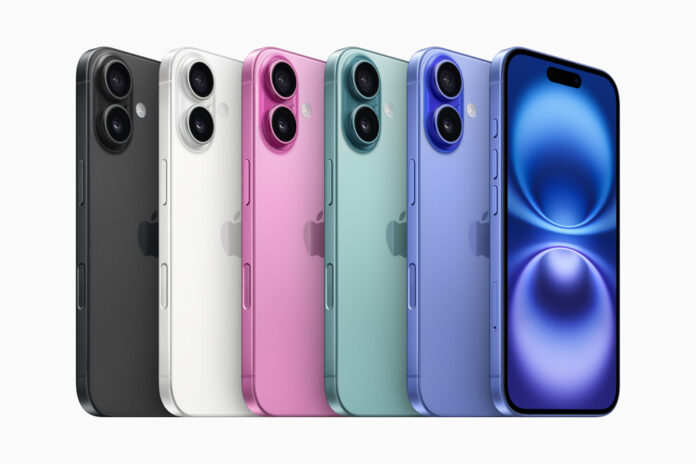The iPhone 16 is fastest 5G iPhone yet in five out of 11 countries, Ookla says
Ookla wasted no time in diving into data around the performance of the newly released iPhone 16 from Apple. The company collected speed and latency data from the first day that the iPhone 16 models were publicly available—September 20th—through October 20th, and yesterday released its analysis of the results from 11 countries.
Ookla compared the cellular performance of the iPhone 16, 16 Plus, 16 Pro and 16 Pro Max to the iPhone 14 and 15 families, as well as to Samsung’s newest Galaxy family of S24 models.
While the company acknowledged in a blog post that these are early findings, it also pointed out that it’s the season for holiday device upgrades, so even early data could be useful to consumers.
Pre-sales of the new iPhone have been slower than expected, according to published reports, as consumers continue to hold onto their smartphones longer due to the high cost of upgrading—even with faster speeds and new features such as artificial intelligence. Apple is also navigating trade issues such as the ban of the device from Indonesia because it does not have locally-made components.
Ookla said that its data showed that the newest iPhone family “outperformed its predecessors in terms of 5G performance across several of the markets we analyzed. While the performance differences between device families were minimal in some countries, iPhone 16 models demonstrated major speed advantages over previous generation Apple and Samsung devices in markets like Canada, France, Taiwan, and the United States.
“Does that mean users in those locations should upgrade immediately? Not necessarily,” the company continued. “The decision to upgrade depends on factors other than network performance, from price to new features and plenty of other things. However, our initial data on the 5G capabilities of the iPhone 16 series is encouraging in its early days of release.”
The new iPhone family achieved a “statistically significant” improvement in median 5G download speeds in five out of the 11 countries from which Ookla collected data. However, the Galaxy 24 devices had better latency in 8 out of the 11 and also led in terms of median 5G upload speeds in 8 out of the 11 countries.
So what does “statistically significant” look like? In the United States, the iPhone 16 devices delivered median 5G speeds of 324.23 Mbps in the downlink, compared to the iPhone 15 at around 245 Mbps and the S24 at about 287 Mbps. All of the device families that Ookla tested provided “solid” 5G latency of less than 53 milliseconds.
“While all devices in our study provided good speeds in the U.S., the iPhone 16’s standout performance is hard to ignore and makes a strong case for upgrading, particularly for users seeking the fastest 5G,” Ookla concluded.
The differential in improved performance of the iPhone 16 models varied by country. In Canada, the newest iPhone clocked speeds about 45 Mbps faster than earlier models but topped out at about 182 Mbps. In India, the newest iPhones achieved a median 5G download speed of more than 260 Mbps, while the older iPhone models still came in faster than 230 Mbps and the S24 family was comparable to the iPhone 16, at more than 250 Mbps. In France, Apple’s latest outperformed older iPhone models by almost 60 Mbps and recorded median 5G download speeds of nearly 280 Mbps, Ookla said.
The variations in device performance across different countries can depend on the network infrastructure itself and the extent of 5G deployment, as well as spectrum allocations in specific geographies.
Read more of the details from Ookla’s analysis here.

